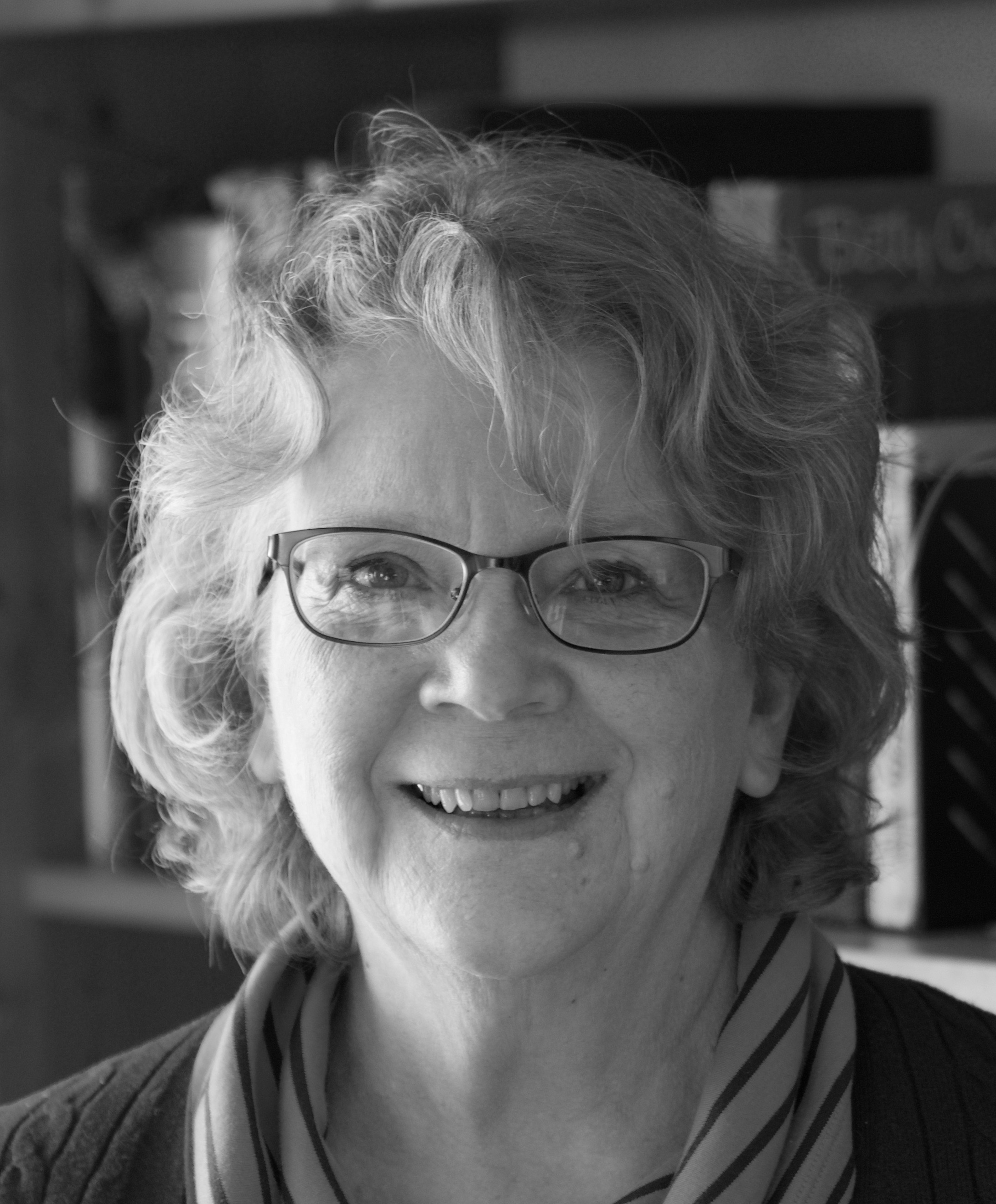Planning Ahead
 Friday, September 14, 2007 at 9:08PM
Friday, September 14, 2007 at 9:08PM You can thank Jane and Judy for the subject of this post. Jane started it by saying that she wanted The Church’s One Foundation and I Know That My Redeemer Liveth played at her funeral. Judy commented that her father, too, had loved The Church’s One Foundation.
We often teased Dad, when he was living, that we’d play this hymn at his funeral. He’d just smile. We did so on June 18, 1992. He was a man who focused on the big picture of what God is doing in the world.
At my husband’s memorial service, we sang I Know Whom I Have Believed because he really loved that hymn. He sang it all the time around the house, managing to consistantly mangle the words, which was what he did with the words to almost every song he ever sang. We also sang The Old Rugged Cross because it was a song sung at his mother’s funeral and a song that is familiar to people from a variety of backgrounds. And truly, he had been clinging to the cross.
So what about you? Have you given any thought to what hymns you’d want included in your funeral or memorial service? What reasons do you have for choosing those hymns? What about funerals for your loved ones? What songs have been played or sung?
And what about scripture? What scripture passages would you like to have read? What scripture passages have been read at the funerals of those close to you?
Can I let you in on a secret? Just composing this post and thinking about this subject made me more joyful than when I started. The center of our hope can be seen in our funeral service choices, don’t you think?
 rebecca
rebecca




